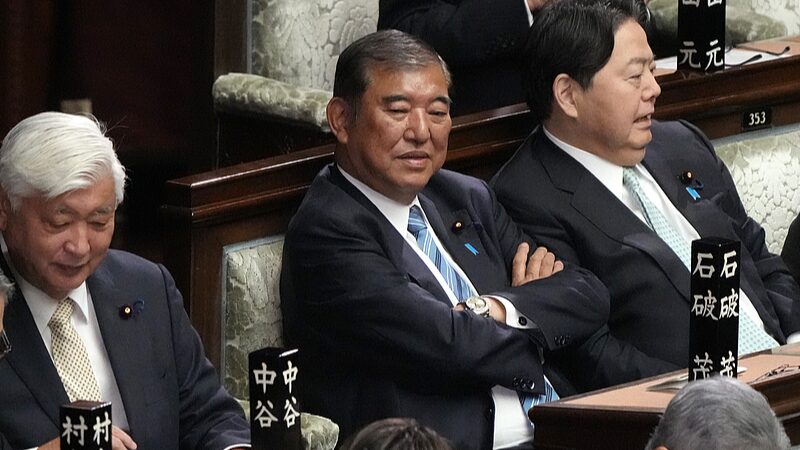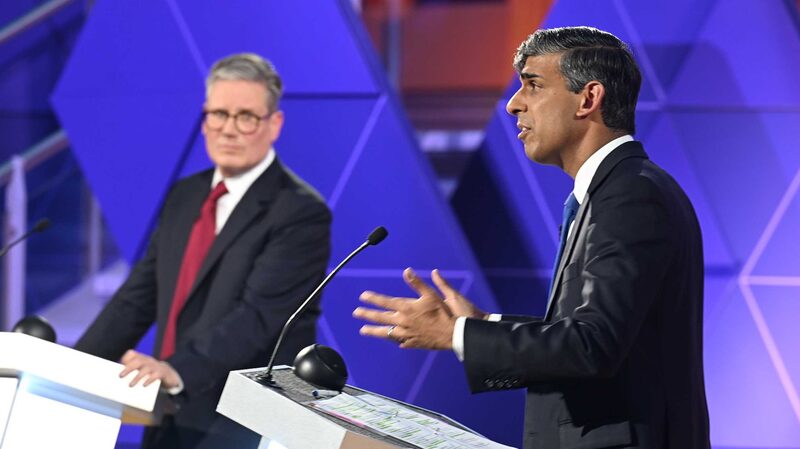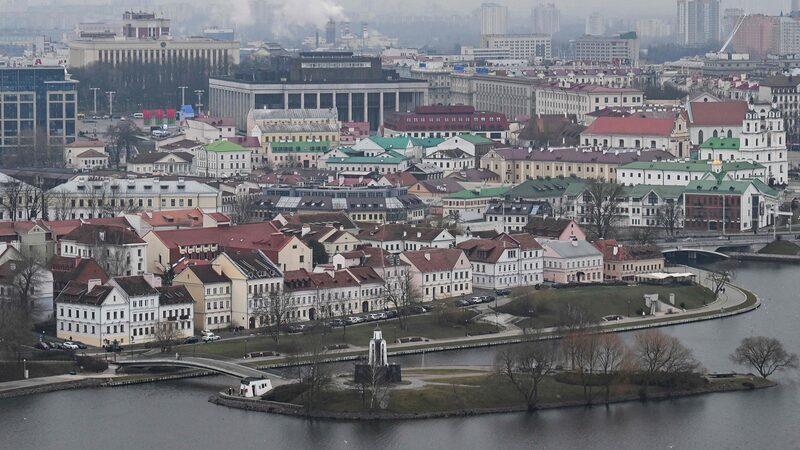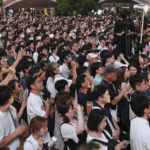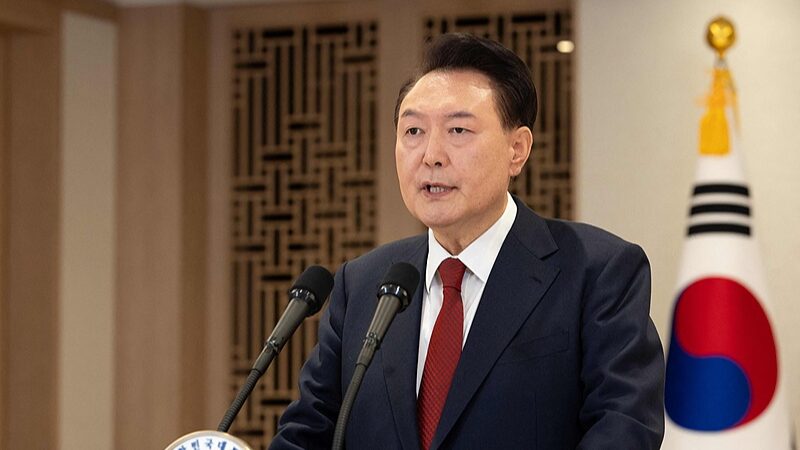⚡️ The Stakes Are High
Lithuanians head to the polls Sunday in a parliamentary election shaped by economic anxiety and fears over Russia's growing influence. With inflation hitting 20% and public services strained under the current center-right coalition, voters are demanding change. Yet security remains critical for a nation bordering Russia's Kaliningrad and Belarus—both sparking major concerns among 75% of Lithuanians about a potential conflict.
🗳️ How It Works
Half of 141 parliamentary seats are decided by direct vote; the rest through run-offs. This system favors bigger parties like the leading Social Democrats (SD), who scored 20% in the first round. Prime Minister Ingrida Šimonytė’s Homeland Union trails at 18%, with anti-establishment Nemunas Dawn at 15%.
💡 What’s Next?
SD leader Vilija Blinkevičiūtė aims to form a coalition with For Lithuania and the Farmers and Greens Union. If successful, expect tax hikes on the wealthy to fund healthcare and education—but don’t bet on a softer Russia stance. Lithuania’s defense spending (3% of GDP, top 6 in NATO) will likely stay, blending 'hawkish' security with left-leaning economics.
🌐 Why It Matters
Sunday’s results could reshape Baltic politics. Will voters prioritize cheaper groceries over military budgets? Or double down on NATO solidarity? Either way, this election is a litmus test for balancing wallet issues with wartime fears. Stay tuned for midnight updates! 🔍
Reference(s):
Lithuanian election: What's at stake, who's leading, what happens next
cgtn.com
